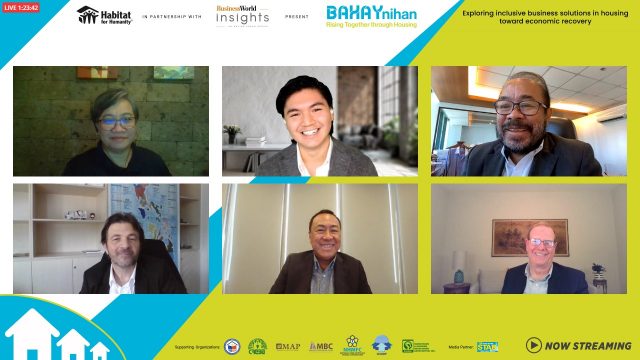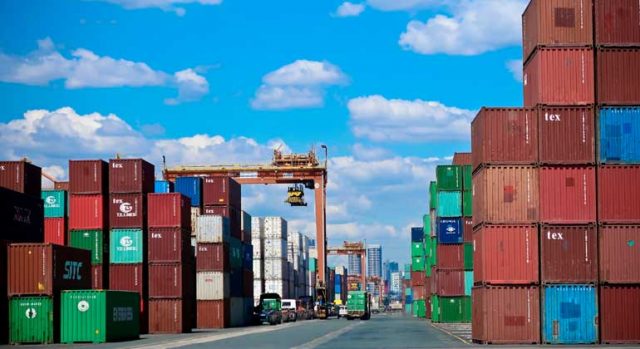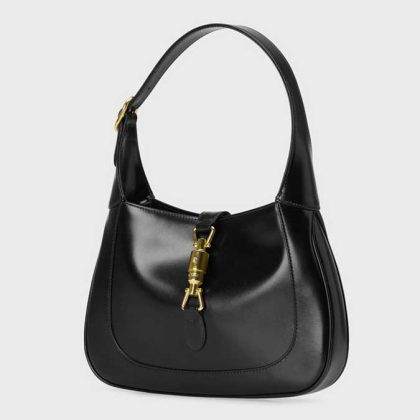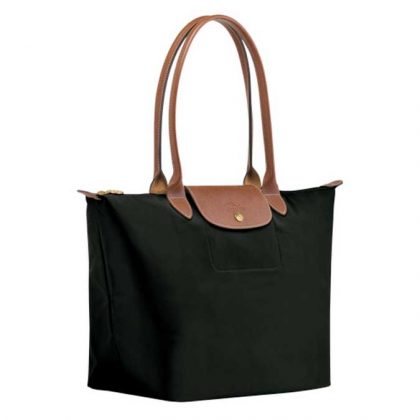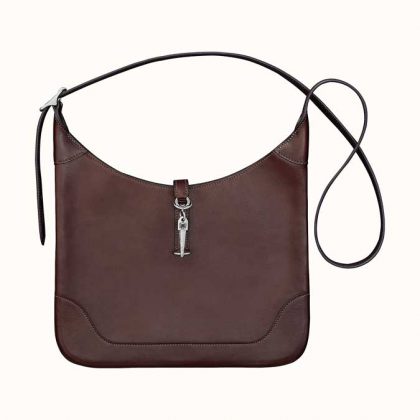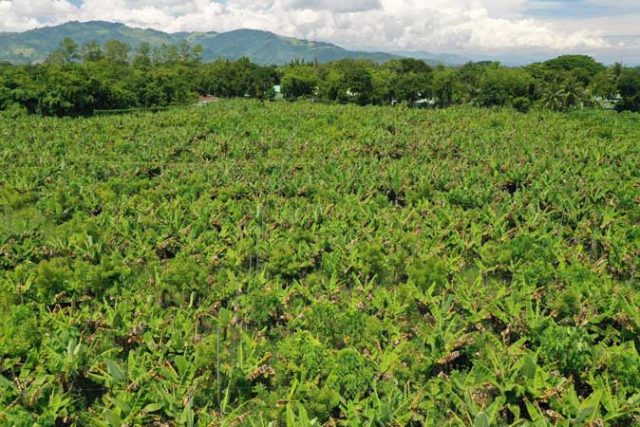Stronger support from the private sector urged in addressing the Philippines’ housing gap
The increasing need to reinforce partnerships between the public and private sectors and other stakeholders and the critical role of the business sector in addressing the country’s housing gap was stressed in the recent BAHAYnihan: Rising Together through Housing, an online forum held by Habitat for Humanity, in partnership with BusinessWorld Insights last June 16.
The online forum on housing gathered representatives from the developer, building material provider, public, and non-government fronts to discuss the solutions to the housing gap and the next steps in moving forward. The event also explored how businesses can benefit and at the same time, contribute to the country’s economic recovery through the US$61B market value opportunity from the socialized and “unserved” housing segments.
Opening the forum with his keynote, Eduardo Del Rosario, Secretary of the Department of Human Settlements and Urban Development (DHSUD), noted the public sector’s strides in addressing the housing gap.
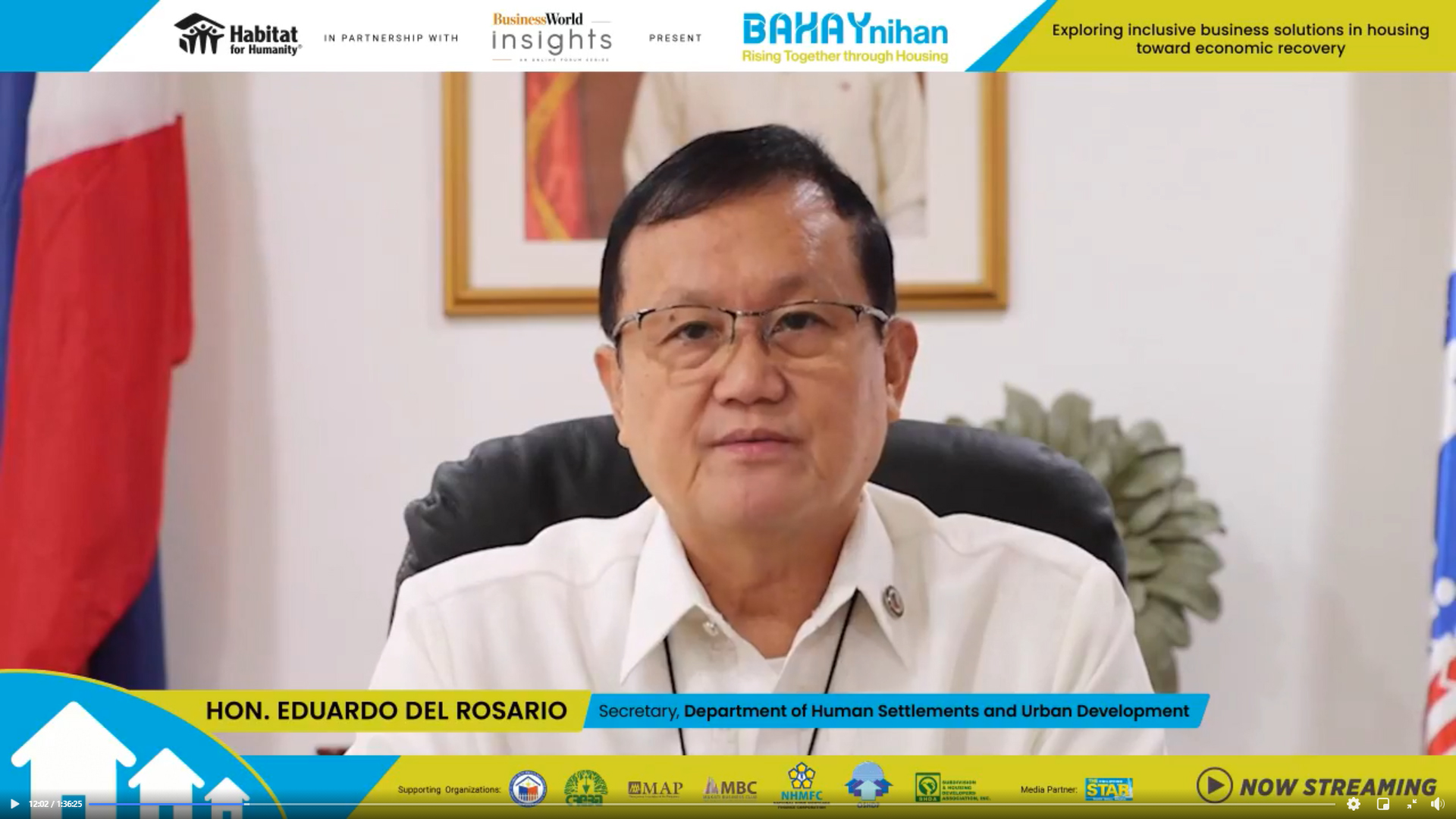
“DHSUD, along with other agencies, has financed and produced a total of 45,731 housing units during the first three months of 2021, despite the limitations due to COVID-19 (coronavirus disease 2019),” the Secretary said. “This highlights our commitment to assist in realizing the dream of 81% of Filipino families to have a house of their own.”
Sec. Del Rosario added that the recently approved 20-year National Housing and Urban Development Sector Plan would serve as the department’s “strategic platform to synergize and further propel the systematic and overall sectoral development landscape, both in the urban and rural settings.”
Furthermore, he noted that addressing the housing gap will help boost the economy since around 80 industries get involved in constructing a single housing unit, aside from employing workforces in the housing sector.
Holistic approach
Cary Evert, a member of the advisory board at Habitat for Humanity’s Terwilliger Center for Innovation in Shelter, stressed the importance of a holistic approach to solving the housing gap.

This approach involves financial institutions providing the necessary funding, material builders ensuring resistance of homes against disasters, and other relevant sectors providing technical assistance and efficient land management.
“I gave tremendous emphasis about large developments in the Philippines and the time it takes from start to getting the buildings built. The other issue is all the incremental building that’s going on. You have someone who has this piece of land, has some sort of structure and continues to want to build. So how do you make it easier for them?” Evert added.
Horia Adrian, president and CEO of Holcim Philippines, Inc., emphasized that building materials providers like them play a crucial role in making innovative, affordable solutions more accessible to fast-track house construction at scale.
“Looking at the specifiers, designers, architects of affordable housing, there must be an open mind to embrace new construction solutions and methods,” Mr. Adrian said, emphasizing that new building solutions are among the four core elements of affordable housing, together with microfinancing solutions, technical support, and distribution solutions that bring products available to lower- to middle-income people.
Stakeholder roles
Meanwhile, Noel Cariño, president of the Chamber of Real Estate & Builders’ Associations, Inc. (CREBA), stressed that partners should agree on whether the housing infrastructures currently in place are relevant in addressing the country’s housing deficiencies.
How affordable is “affordable housing” should also be determined, he added, noting that while the informal sector population has grown, housing production has not increased. “Those are the things I think we should take a look at and see where legislation and where other interventions can come into place,” he said.
Mr. Cariño also noted that the current permitting process hampers the closing of the housing gap. “Development permits need to be secured even from the barangay level all the way to the local council level up to the local government unit (LGU) head before it is acted on by other agencies,” he explained.
CREBA, he continued, is thus pushing for the immediate transfer of this power to issue development permits and other requirements for residential subdivisions and vertical developments from the LGUs back to the DHSUD through its regional Housing One-Stop Processing Centers.
Jose Soberano III, chairman, and CEO of Cebu Landmasters, Inc., shared that an opportunity lies for developers to cater to the unserved housing market, mainly what is considered the owner-driven construction segment, or those who build their homes incrementally.
“I’d really like to see that particular segment addressed because when you talk about affordable housing, we’re still falling a lot short. We need more developers [meeting that market]; we need more action,” he said.
Moreover, Mr. Soberano highlighted that developers like them are responsible for addressing the housing gap as this will pave the way to eradicating poverty in the country. Nonetheless, for him, developers should not participate solely for the sake of compliance.
“It should be more of what it could extend in terms of help and lending its expertise in development: concept planning, coming up with the best fit, [and] providing conveniences,” he explained, adding that giving fiscal incentives and tax benefits to developers can further interest on their part to support housing initiatives.
In her remarks, Habitat for Humanity Philippines COO Lili Fuentes also called on the private sector for more robust support and collaboration with Habitat for Humanity, other organizations, local government units, and key shelter agencies to respond and help address housing issues in the country through innovative, scalable, and sustainable solutions.
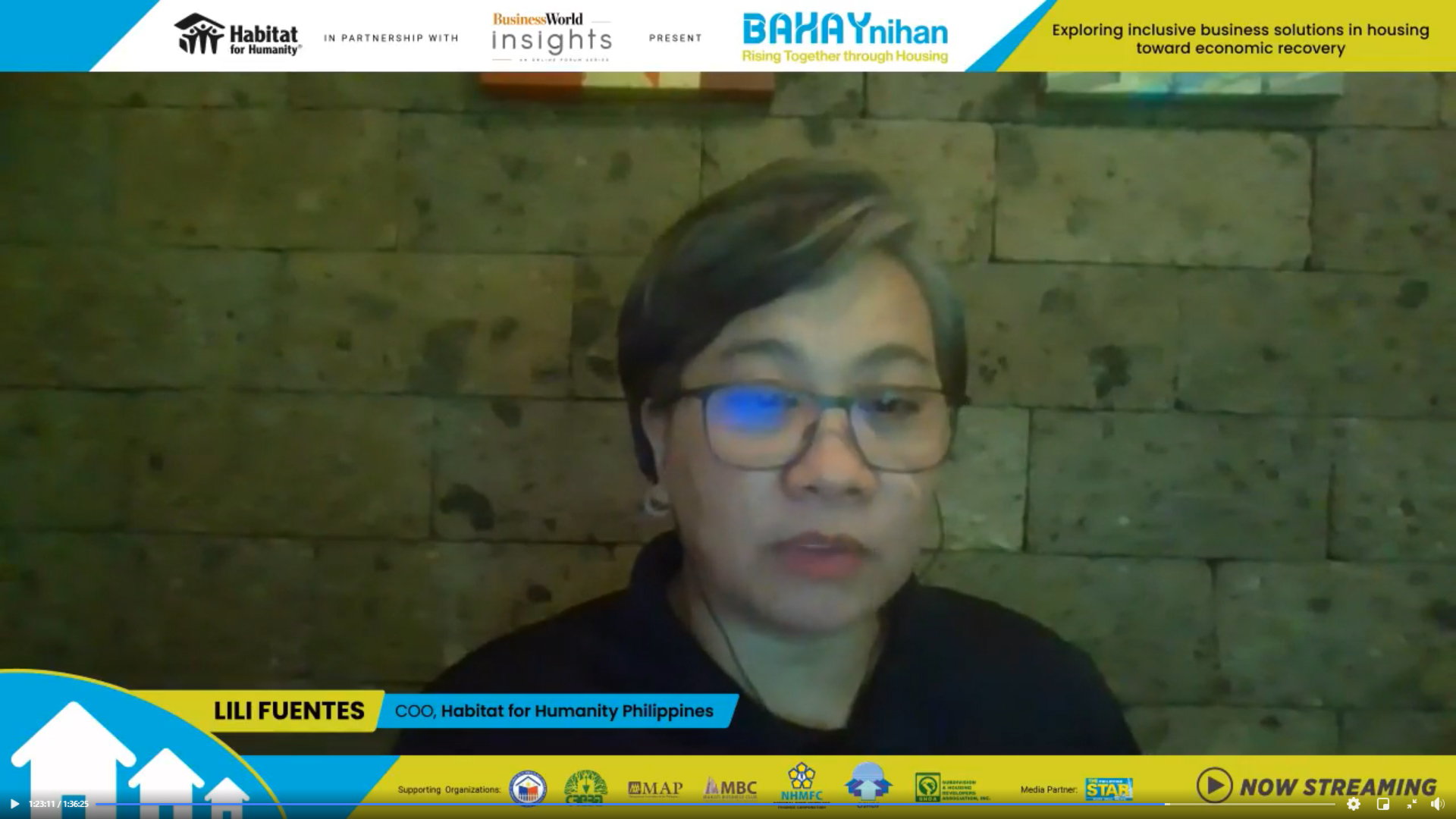
“Now, more than ever, the private sector should invest more in affordable housing and expand [their] services to the housing sector because it fuels economic development, supports other industries, and, most importantly, helps family break free from poverty,” she said.
Learn more about the work of Habitat for Humanity in the Philippines and how you can support their advocacy by visiting www.habitat.org.ph and https://www.habitat.org/our-work/terwilliger-center-innovation-in-shelter.

